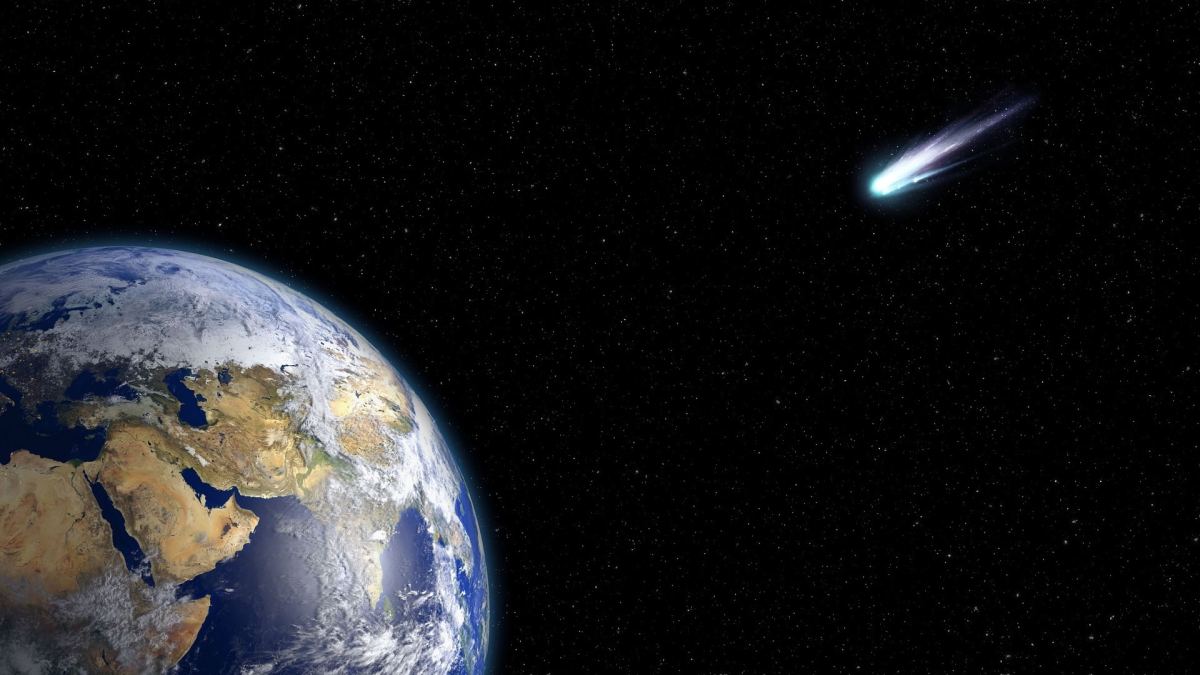I must confess, I think asteroids and I think of movies like Deep Impact or Armageddon! Scientists think that an asteroid like the ones that appeared in the Hollywood blockbusters struck Mexico 66 million years ago and led to the extinction of the dinosaurs. It now seems they may not have been the only ones that were wiped from our planet. Ammonites are marine mollusks that flourished for 350 million years but they were wiped out too. Some research suggests they were struggling in North America but thriving in other parts of the world.
Continue reading “Ammonites Were Doing Fine Until the Asteroid Hit”Earth’s Atmosphere is Our Best Defence Against Nearby Supernovae
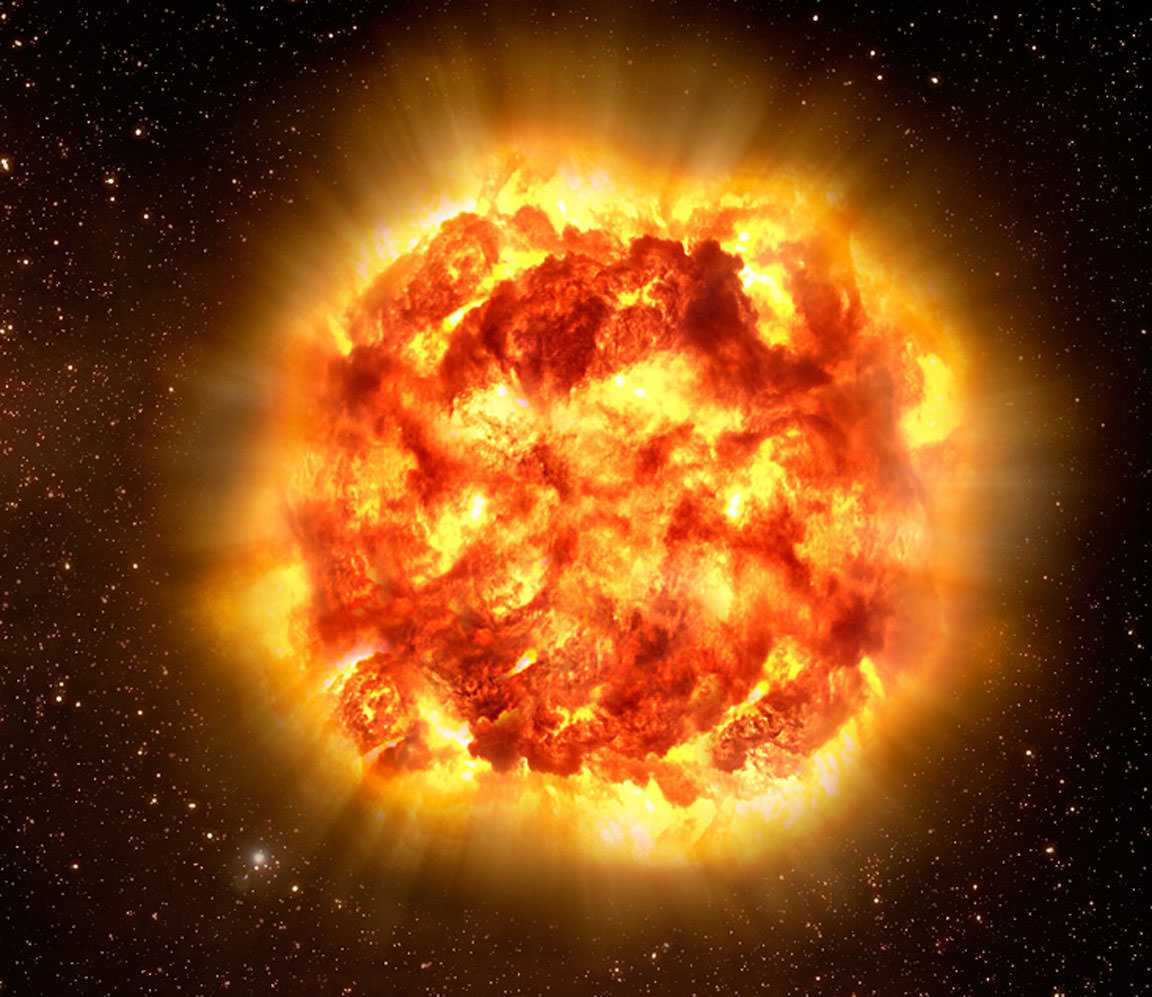
Earth’s protective atmosphere has sheltered life for billions of years, creating a haven where evolution produced complex lifeforms like us. The ozone layer plays a critical role in shielding the biosphere from deadly UV radiation. It blocks 99% of the Sun’s powerful UV output. Earth’s magnetosphere also shelters us.
But the Sun is relatively tame. How effective are the ozone and the magnetosphere at protecting us from powerful supernova explosions?
Continue reading “Earth’s Atmosphere is Our Best Defence Against Nearby Supernovae”41,000 Years Ago Earth’s Shield Went Down
Earth is naked without its protective barrier. The planet’s magnetic shield surrounds Earth and shelters it from the natural onslaught of cosmic rays. But sometimes, the shield weakens and wavers, allowing cosmic rays to strike the atmosphere, creating a shower of particles that scientists think could wreak havoc on the biosphere.
This has happened many times in our planet’s history, including 41,000 years ago in an event called the Laschamps excursion.
Continue reading “41,000 Years Ago Earth’s Shield Went Down”Does the Rise of AI Explain the Great Silence in the Universe?
Artificial Intelligence is making its presence felt in thousands of different ways. It helps scientists make sense of vast troves of data; it helps detect financial fraud; it drives our cars; it feeds us music suggestions; its chatbots drive us crazy. And it’s only getting started.
Are we capable of understanding how quickly AI will continue to develop? And if the answer is no, does that constitute the Great Filter?
Continue reading “Does the Rise of AI Explain the Great Silence in the Universe?”DART Showed We Can Move an Asteroid. Can We Do It More Efficiently?
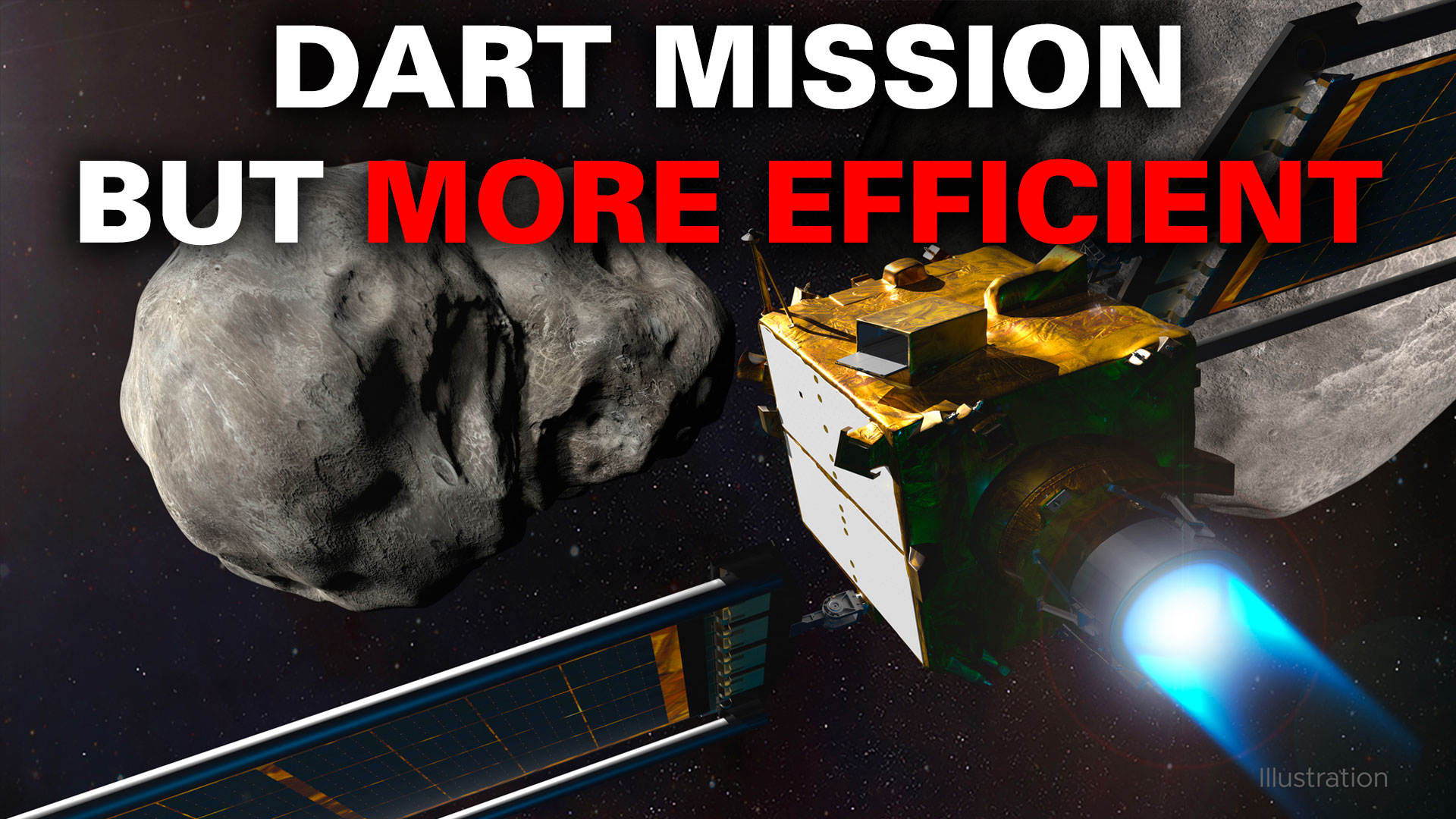
Like many of you, I loved Deep Impact and Armageddon. Great films, loads of action and of course, an asteroid on collision course with Earth. What more is there to love! Both movies touched upon the options for humanity to try and avoid such a collision but the reality is a little less Hollywood. One of the most common options is to try some sort of single impact style event as was demonstrated by the DART (Double Asteroid Redirection Test) mission but a new paper offer an intriguing and perhaps more efficient alternative.
Continue reading “DART Showed We Can Move an Asteroid. Can We Do It More Efficiently?”Did a Comet Wipe out the Dinosaurs?
About 66 million years ago a massive chunk of rock slammed into Earth in what is the modern-day Yucatan Peninsula. The impact extinguished about 75% of all life on Earth. Most famously, it was the event that wiped out the dinosaurs.
While mainstream scientific thought has pointed to an asteroid as the impactor, a new research letter says it could’ve, in fact, been a comet.
Continue reading “Did a Comet Wipe out the Dinosaurs?”Scientists Think They Know What Caused the Deadliest Mass Extinction in the History of the Earth
![This illustration shows the percentage of marine animals that went extinct during Earth's worst extinction at the end of the Permian era by latitude, from the model (black line) and from the fossil record (blue dots).A greater percentage of marine animals survived in the tropics than at the poles. The color of the water shows the temperature change, with red being most severe warming and yellow less warming. At the top is the supercontinent Pangaea, with massive volcanic eruptions emitting carbon dioxide. The images below the line represent some of the 96 percent of marine species that died during the event. [Includes fossil drawings by Ernst Haeckel/Wikimedia; Blue crab photo by Wendy Kaveney/Flickr; Atlantic cod photo by Hans-Petter Fjeld/Wikimedia; Chambered nautilus photo by John White/CalPhotos.]Justin Penn and Curtis Deutsch/University of Washington](https://www.universetoday.com/wp-content/uploads/2018/12/Penn_sumfig_final.jpg)
Humanity can have a love/hate relationship with itself, but there’s no denying that we’re the pinnacle of evolution on Earth as things stand now. But it took an awfully long time for evolution to produce beings such as we. Several times, life had to drag itself back from near annihilation.
The largest extinction setback was the Permian-Triassic extinction, also called the “Great Dying,” some 252 million years ago. Up to 96% of all marine species and 70% of terrestrial vertebrate species went extinct.
What happened?
Continue reading “Scientists Think They Know What Caused the Deadliest Mass Extinction in the History of the Earth”A Supernova Exploded Dangerously Close to Earth 2.5 Million Years Ago
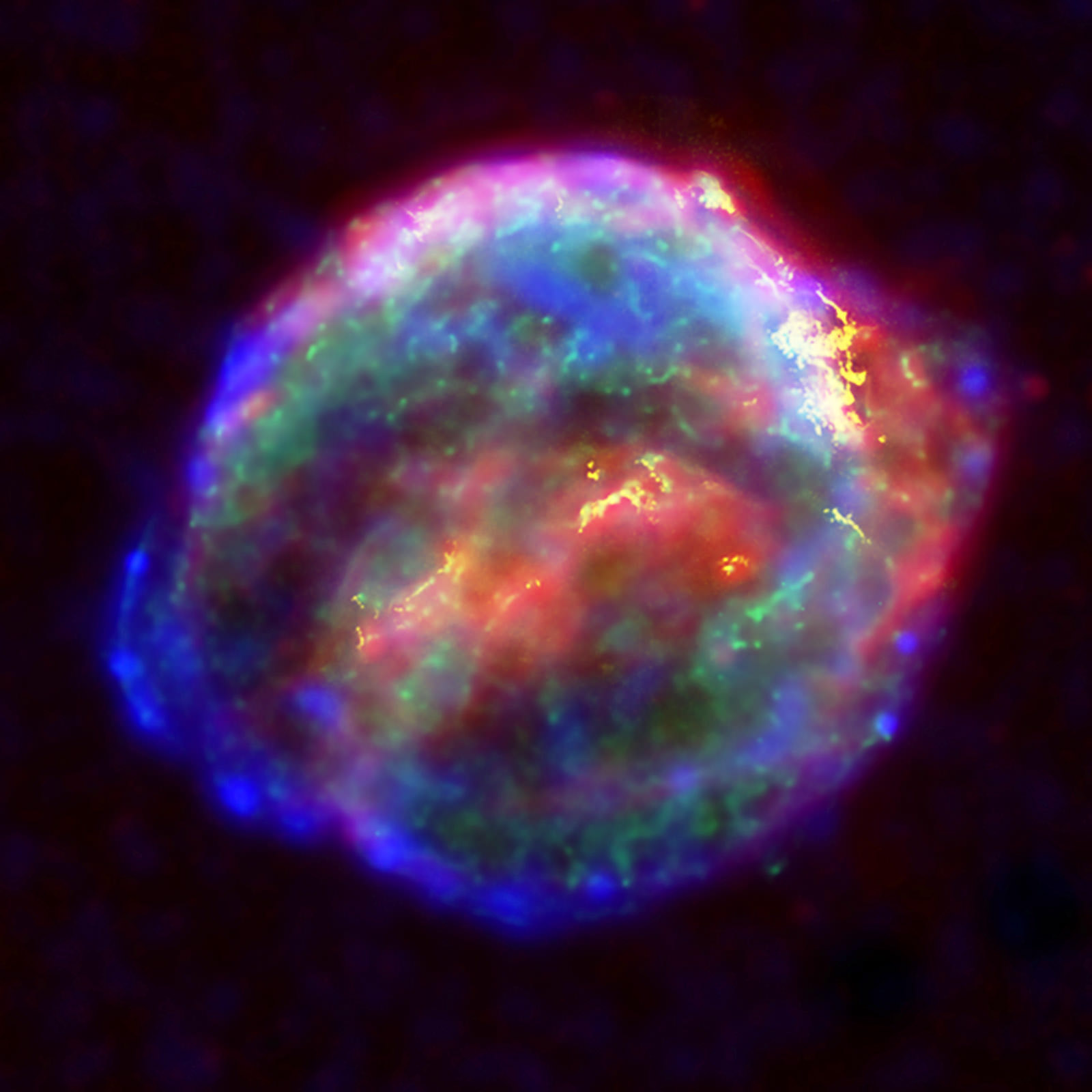
In its 4.5 billion year history, Earth has had to run the gauntlet. Numerous catastrophes have imperilled the planet, from massive impacts, to volcanic conflagrations, to frigid episodes of snowball Earth. Yet life persists.
Among all of the hazards that threaten a planet, the most potentially calamitous might be a nearby star exploding as a supernova.
Continue reading “A Supernova Exploded Dangerously Close to Earth 2.5 Million Years Ago”A New Mass Extinction has been Discovered, Wiping Out Life 233 Million Years Ago, and Leading to the Rise of the Dinosaurs
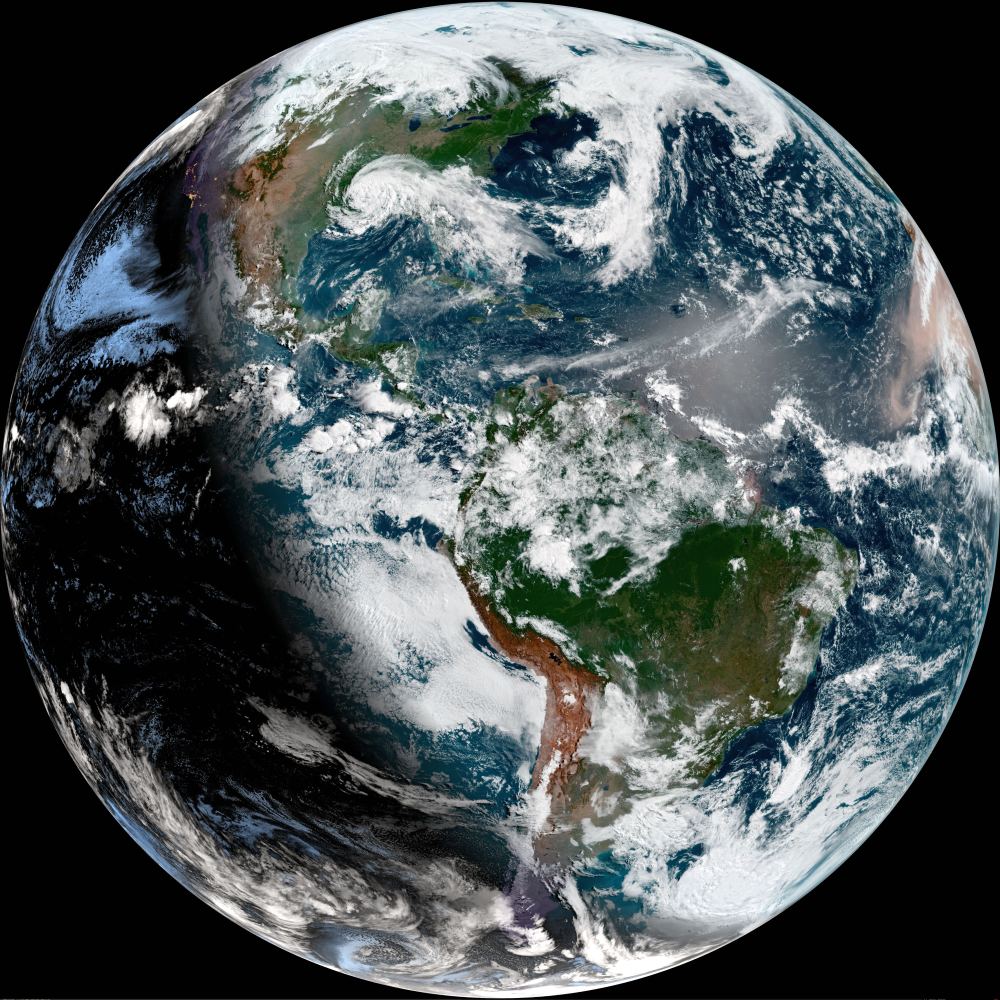
Most everybody knows that the dinosaurs perished rapidly in a tumultuous extinction, caused by an asteroid strike about 66 million years ago. But it looks like another extinction prior to the appearance of the dinosaurs paved the way for their long reign. That extinction took place about 233 million years ago.
And scientists have only now discovered it.
Continue reading “A New Mass Extinction has been Discovered, Wiping Out Life 233 Million Years Ago, and Leading to the Rise of the Dinosaurs”Did Snowball Earth Happen Because of a Sudden Drop in Sunlight?
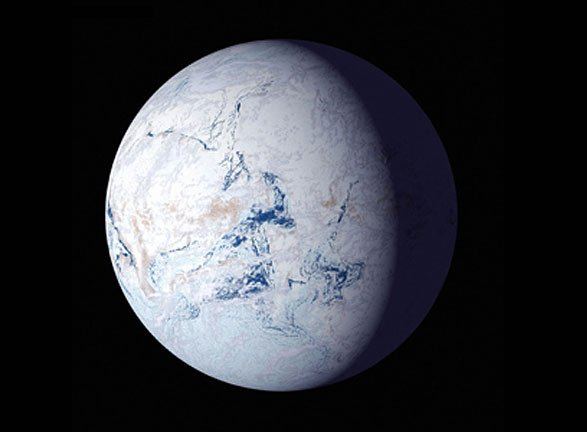
Hundreds of millions of years ago, Earth went through two episodes of severe glaciation. These two episodes—the Sturtian and the Marinoan glaciations—occured during the Earth’s Cryogenian Period. The Cryogenian lasted from about 720 million to 635 million years ago.
The phenomenon is called “Snowball Earth” and both instances of it happened in pretty quick succession. And while a planet encased in ice and snow sounds devastating, these episodes may have paved the way for the development of complex life.
The question is, what caused the Earth to freeze over like that?
Continue reading “Did Snowball Earth Happen Because of a Sudden Drop in Sunlight?”



